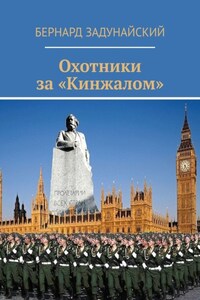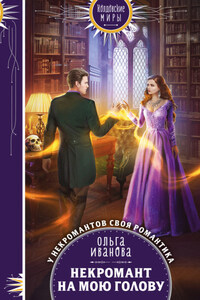Published by COLLINS CRIME CLUB
An imprint of HarperCollinsPublishers Ltd
1 London Bridge Street
London SE1 9GF
www.harpercollins.co.uk
First published in Great Britain by Collins Crime Club 2016
Copyright © The Detection Club 2016
Cover design by Bold&Noble.com © HarperCollinsPublishers Ltd 2016
A catalogue copy of this book is available from the British Library.
This novel is entirely a work of fiction. The names, characters and incidents portrayed in it are the work of the author’s imagination. Any resemblance to actual persons, living or dead, events or localities is entirely coincidental.
All rights reserved under International and Pan-American Copyright Conventions. By payment of the required fees, you have been granted the non-exclusive, non-transferable right to access and read the text of this e-book on screen. No part of this text may be reproduced, transmitted, down-loaded, decompiled, reverse engineered, or stored in or introduced into any information storage and retrieval system, in any form or by any means, whether electronic or mechanical, now known or hereinafter invented, without the express written permission of HarperCollins.
Source ISBN: 9780008100438
Ebook Edition © June 2016 ISBN: 9780008100445
Version: 2016-04-27
The Floating Admiral ‘by Certain Members of the Detection Club’ was published in 1931, fairly early into the association’s existence. The ‘Certain Members’ who produced that original collaborative novel were, in alphabetical order: Anthony Berkeley, G. K. Chesterton, Agatha Christie, G. D. H. and M. Cole, Freeman Wills Crofts, Clemence Dane, Edgar Jepson, Milward Kennedy, Ronald A. Knox, John Rhode, Dorothy L. Sayers, Henry Wade and Canon Victor L. Whitechurch. Since that time the novel has appeared in many foreign editions and been republished twice, by Macmillan in 1981 and by HarperCollins in 2011. The royalties deriving from the book have done much to defray the expenses of the events for which the Detection Club exists, three congenial dinners a year.
Since I took over the Presidency in 2001 I have nurtured the desire to produce another volume ‘by Certain Members of the Detection Club’, partly again to help the association’s finances, but also because I thought it would be fun. The fact that you are reading this book now means that I have succeeded in my ambition.
Of course I owe that achievement to the goodwill, good humour, and literary skills of the other writers who agreed to collaborate on the novel. The Floating Admiral had fourteen contributors (if you count G. D. H. and M. Cole, a married couple who wrote together, as two), and The Sinking Admiral boasts exactly the same number.
There, though, the similarities between the two endeavours cease. In her introduction to the original volume, Dorothy L. Sayers wrote: ‘Now, a word about the conditions under which The Floating Admiral was written. Here, the problem was made to approach as closely as possible to a problem of real detection… Each contributor tackled the mystery presented to him in the preceding chapters without having the slightest idea what solution or solutions the previous authors had in mind. Two rules only were imposed. Each writer must construct his instalment with a definite solution in view – that is, he must not introduce new complications merely “to make it more difficult”. He must be ready, if called upon, to explain his own clues coherently and plausibly; and to make sure that he was playing fair in this respect, each writer was bound to deliver, together with the manuscript of his own chapter, his own proposed solution of the mystery. These solutions are printed at the end of the book for the benefit of the curious reader.’
Now there are a lot of reasons crime writers in the early twenty-first century could not write a collaborative novel by the same method as they could in the early 1930s, and one of the most important is the way in which the genre has changed in the intervening years. Though Dorothy L. Sayers and her band of collaborators had individual styles, they were all basically writing the same kind of book, the classic whodunit. So it was entirely possible to write a chapter, setting up a variety of clues that could be followed and elaborated, and pass on the literary baton to the next writer.
Nowadays that just won’t work because very few authors are actually writing traditional whodunits. Also, crime fiction is now a very broad church. The genre has divided up into a large number of subgenres. There are police procedurals, psychological thrillers, legal thrillers, forensic thrillers, financial thrillers, historical mysteries, and many more. All of these have skilful exponents and enthusiastic fans, but a book that continually jumped from one subgenre to the next would be unlikely to make a lot of sense.














